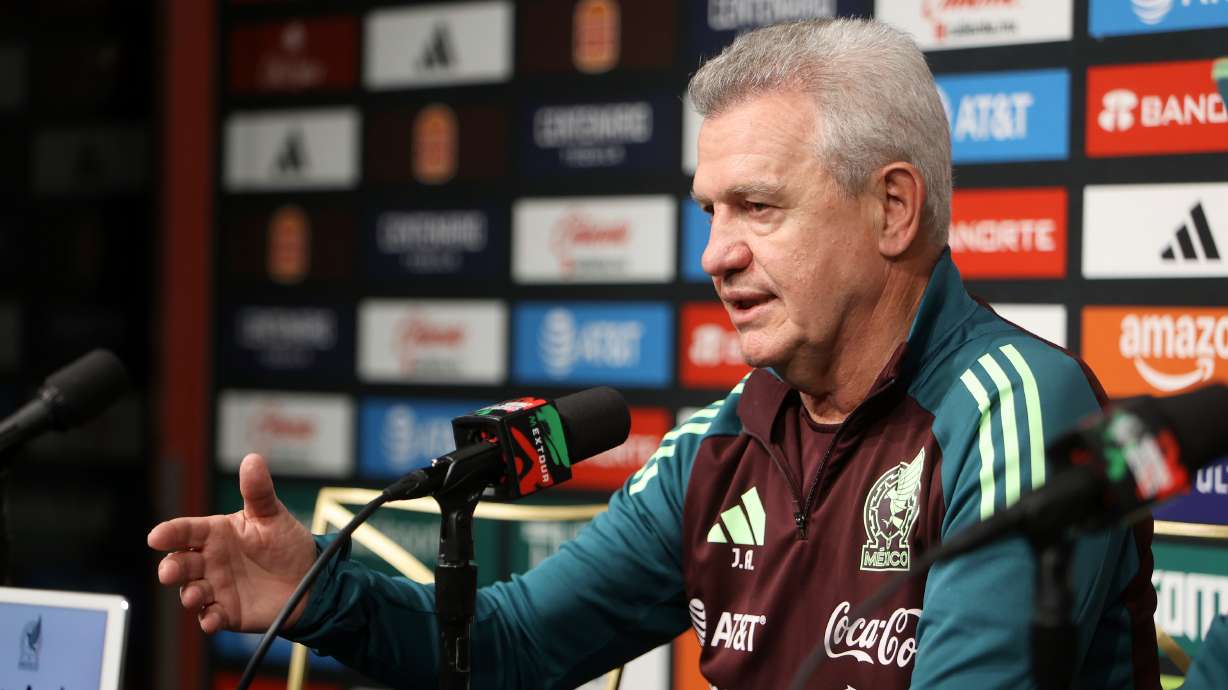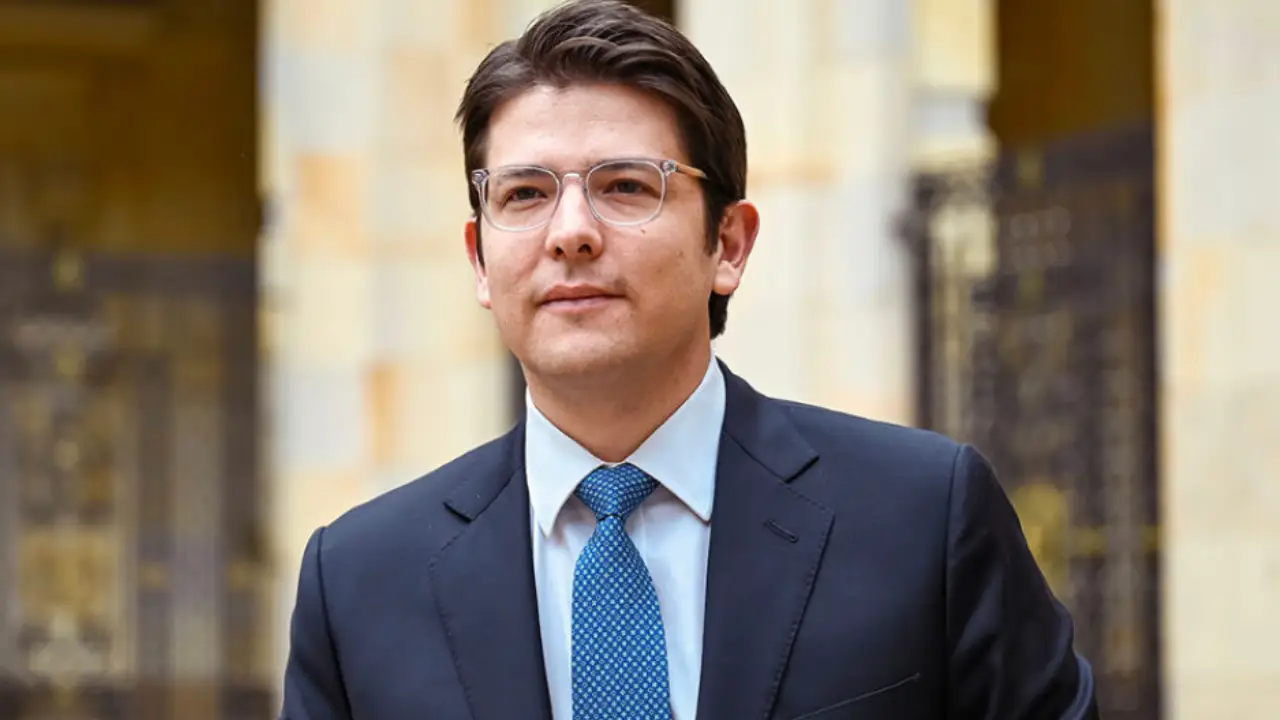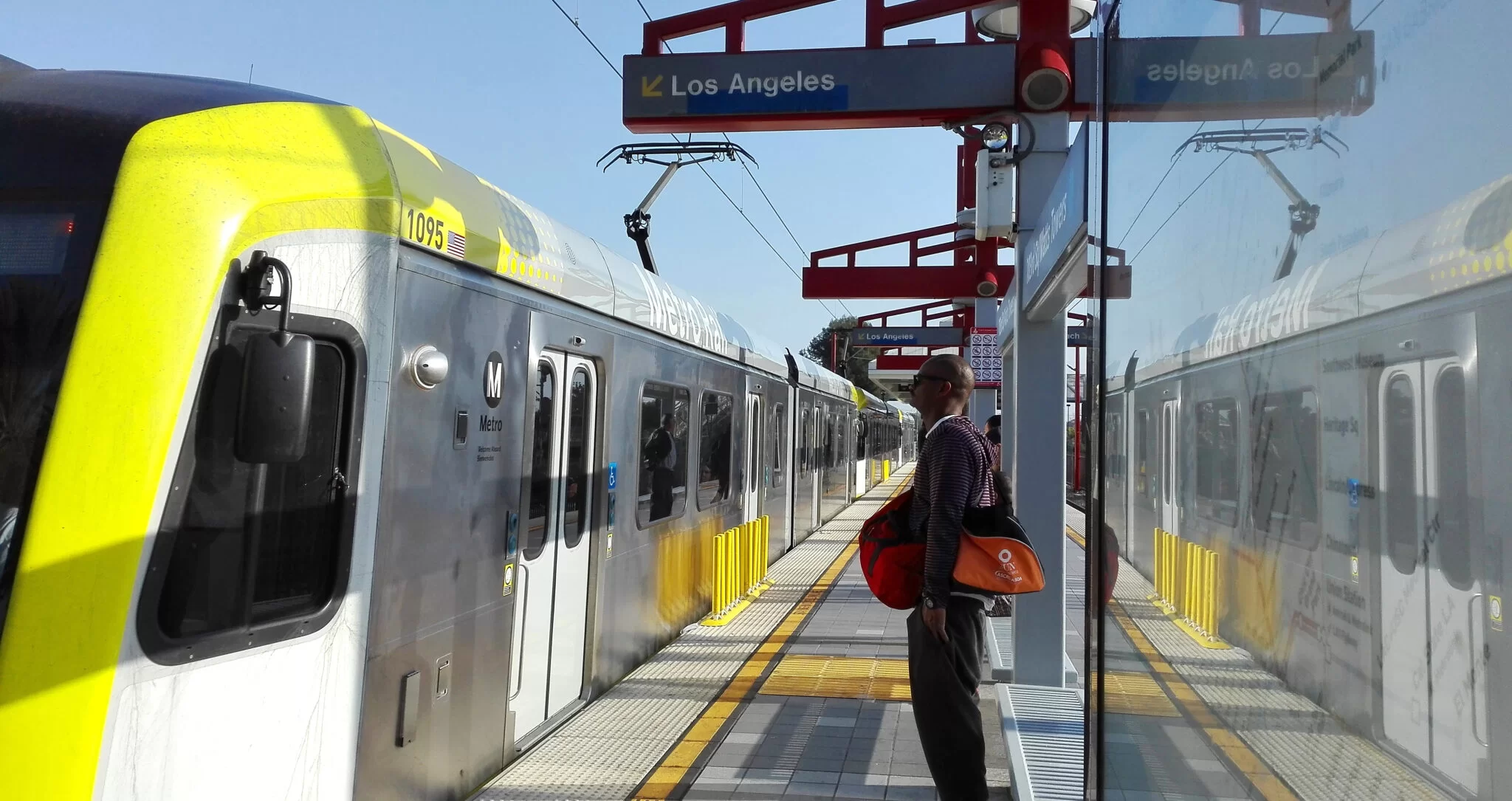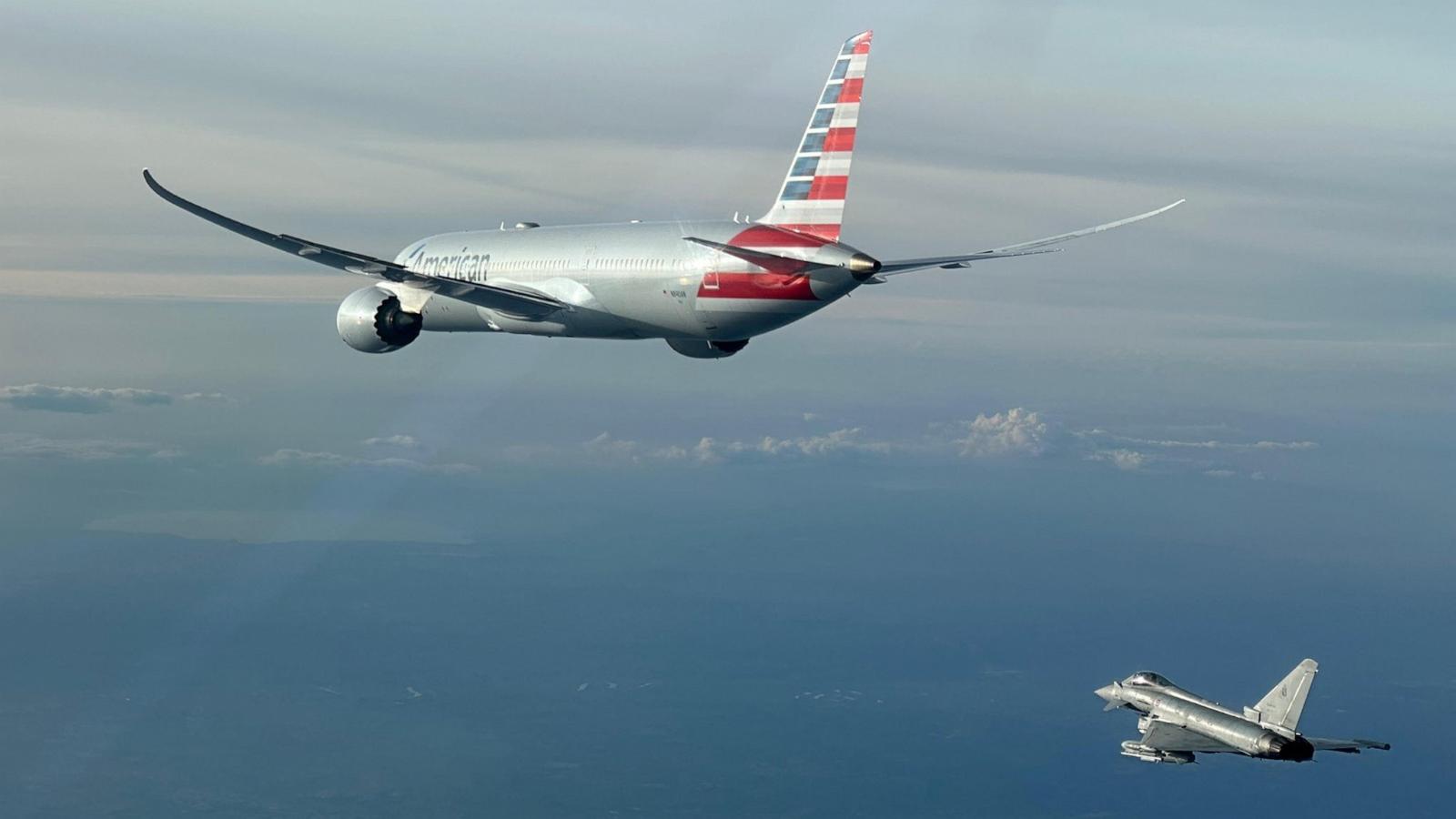Trending Now
Mexican Soccer Fans Electrify Salt Lake City Ahead of Match Against Switzerland

SALT LAKE CITY — A vibrant sea of red, white, and green filled the streets outside Rice-Eccles Stadium on Friday, as Mexico’s national soccer team prepared for its match against Switzerland on Saturday. The passionate fans, many of whom were members of Pancho Villa’s Army, proudly waved Mexican flags and beat drums in support of their team. For many in the crowd, it was an eagerly anticipated return — the Mexican team’s first appearance in Utah in 10 years.
Carlos Dominguez, the self-proclaimed leader of Pancho Villa’s Army, held a massive flag aloft and expressed his excitement at the chance to see his team play once again in Salt Lake City. “After 10 years, for sure we’re excited to see it,” he said, his enthusiasm echoed by fellow fans. Edgar Romero, dressed in the black jersey of the Mexican national team, joined the group, banging on a large bass drum, while Elly Nazario, wearing an older green jersey, hoped for a glimpse of the players practicing inside the stadium.
The Mexican team had last played in Utah back in 2015, when they tied Trinidad and Tobago 3-3 at the stadium in Sandy. This time, Mexico’s match against Switzerland is part of their MexTour, a series of games across the United States aimed at strengthening their bond with the U.S.-based fanbase. The excitement was palpable among fans like Nazario, who, originally from the Mexican state of Guerrero, now calls Salt Lake City home. “We’re from Mexico and we want our team to feel the support they have here in Salt Lake,” he said. “This helps us win, play better.”
On Friday, at a press conference held inside the stadium, Mexico’s head coach, Javier Aguirre, spoke about the significance of the match and the strong fanbase in Utah. “We don’t come that often to Utah, and everyone’s eager to see their national team. We’ll try to please them and make them proud,” Aguirre said. Forward Ángel Sepúlveda also commented on the team’s desire to offer fans a sense of connection to Mexico. “I hope to provide them with a little bit of what they probably miss about Mexico,” he said.
Meanwhile, defender Julian Araujo reflected on the team’s ambitions as they look ahead to the 2026 World Cup, which will be co-hosted by Mexico, the United States, and Canada. “We’re very ambitious about growing. We want to make it the best World Cup that we’ve had,” Araujo said.
As the day of the match drew nearer, the excitement outside the stadium continued to grow. Fans like Melody Romero, who attended with her friends, were not just cheering for the team but celebrating their cultural identity. “When it comes to the Mexican team, all of us come together and we are one,” she said. Edgar Romero, originally from Veracruz, echoed that sentiment, expressing hope that the support from the fans would propel the team to victory on Saturday. “The players feel the emotion and the support of the fans. It’s something extra for them,” he said.
Saturday’s match, which will kick off at 2:00 p.m., is preceded by a fan festival starting at 9:30 a.m. in the stadium parking lot. It promises to be a day of both celebration and competition, as Mexico’s national team looks to build momentum ahead of the Gold Cup and the 2026 World Cup. For the fans who have gathered in Utah, it’s not just a soccer match; it’s a chance to connect with their roots and show their unwavering support for their team.
Global
Colombian Presidential Candidate Miguel Uribe Turbay Shot at Rally in Bogotá

Colombian Senator and presidential hopeful Miguel Uribe Turbay was critically injured in an assassination attempt during a campaign rally in Bogotá’s Fontibón neighborhood on Saturday. The 39-year-old, a member of the conservative Democratic Centre party, was shot multiple times, including twice in the head and once in the knee. He was immediately transported to Fundación Santa Fe hospital, where he underwent emergency neurosurgical and vascular procedures. His wife, María Claudia Tarazona, has called for prayers as he “fights for his life.”
A 15-year-old suspect was apprehended at the scene with a firearm. Authorities are investigating potential accomplices and have offered a reward for information leading to the capture of all those responsible.
The attack has drawn widespread condemnation from political leaders across Colombia and Latin America. President Gustavo Petro expressed his condolences, stating, “Respect life, that’s the red line.” Former President Álvaro Uribe Vélez also condemned the act, calling it an attack on “the hope of the country.”
Miguel Uribe Turbay is the son of journalist Diana Turbay, who was kidnapped and killed in 1991 during a botched rescue operation by the Medellín Cartel. He is also the grandson of former President Julio César Turbay Ayala. Uribe Turbay announced his candidacy for the 2026 presidential election in March 2025.
The incident has reignited concerns over political violence in Colombia, reminiscent of the 1990s when several presidential candidates were assassinated. Authorities have vowed to ensure a thorough investigation and bring those responsible to justice.
Trending Now
Big Rail Access Breakthrough at LAX: What It Means for Travelers

Los Angeles took a major step toward modernizing travel on Friday, as the LAX/Metro Transit Center officially opened its turnstiles, linking rail service directly to Los Angeles International Airport (LAX). The new development marks a historic moment for the nation’s fifth-busiest airport, offering Southern Californians an escape from the notorious traffic on local freeways.
The first trains from the new transit center began rolling out during the evening rush hour, connecting travelers to the K and C rail lines. From there, commuters can quickly travel north toward central Los Angeles, south to beach cities, or east along Interstate 105.
For those involved in organizing the 2028 Summer Olympics, this rail connection is more than just a convenience — it’s essential. The Olympics organizers have vowed to create a “no car Games,” and this new rail access is a significant step in making that promise a reality.
“This is a big day for L.A.,” said County Supervisor Janice Hahn, who joined in a ceremonial ride at the new station. Hahn, also the chair of the Metropolitan Transportation Authority (MTA), humorously invoked a classic political quote while celebrating the occasion.
“President Reagan once said the nine most terrifying words were, ‘I’m from the government, and I’m here to help.’ But here in L.A., we know they have always been: ‘Hey, can you give me a ride to LAX?’ Well now, for the first time ever, you can say: ‘No way. Just take Metro.’”
The New Rail Service: Not Perfect, But a Major Step Forward
While the new rail service is a welcome relief for many, it’s not yet a completely tire-free experience. Passengers arriving at LAX will still need to take a shuttle bus, which runs every 10 minutes, from the airport to the new station. This station is located about two miles east of Terminal 1.
However, this inconvenience is temporary. The LAX People Mover, a new automated system, is currently under construction and is expected to be completed by the end of this year. Once operational, the People Mover will connect passengers directly to the new rail station, fully integrating LAX into the metro system.
LAX Joins Other Major Airports in Rail Service
LAX’s move to offer rail service puts it in line with other major airports around the U.S. that have long had rail connections. Atlanta’s Hartsfield-Jackson Airport, the busiest airport in the country, has been offering rail access since 1988. Other major airports, including Dallas/Fort Worth International, Denver International, Chicago’s O’Hare, and New York’s JFK, have also provided rail options for decades.
What’s Next for LAX?
Once the People Mover is completed, LAX will join the ranks of airports with convenient, integrated rail systems, offering a seamless travel experience for millions of passengers every year.
While it may take a few more months for the system to reach its full potential, this new rail connection is already transforming how people travel to and from Los Angeles International Airport.
Explainers
What Blunder Led to American Airlines Flight Diverting to Rome?

On June 2, 2025, American Airlines Flight AA780 from Philadelphia (PHL) to Naples (NAP) found itself in a major bind after a seemingly simple aircraft swap turned into a full-blown operational blunder. The flight, initially scheduled to be operated by a Boeing 787-8, was switched to a larger Boeing 787-9 for operational reasons. However, this swap led to a critical error, as the 787-9 wasn’t certified to land at Naples Airport, forcing the flight to divert mid-air to Rome.
The Aircraft Swap That Went Wrong
The aircraft took off from Philadelphia at 7:42 PM without any issues. However, as the flight was preparing to land in Naples, the crew realized that the 787-9 was not authorized to land at the airport. Despite clear weather conditions, the airport’s limitations—especially regarding runway size and taxiway capacity—made the 787-9 incompatible with the infrastructure at Naples Airport.
This led to an immediate decision by the crew to divert the flight to Rome’s Fiumicino Airport (FCO), located about 124 miles away from Naples.
Why the Swap Was a Problem
Although the 787-8 and 787-9 are both part of the same aircraft family, the 787-9 is longer and has a higher maximum takeoff weight, which can pose challenges at airports like Naples that have constrained infrastructure.
The swap, which seemed like a small operational adjustment, turned out to be a costly mistake due to these differences in aircraft performance characteristics. This issue underscores the need for airlines to thoroughly check whether an aircraft is compatible with its destination airport before making changes.
The Response and Logistical Challenge
After the diversion to Rome, American Airlines had to face the logistical nightmare of repositioning the aircraft and crew. Thankfully, the airline already operated a Rome–Chicago route using a 787-8, which allowed them to swap the aircraft. The diverted 787-9 was reassigned to this route, and a 787-8 was sent back to continue the journey to Naples.
However, due to crew duty hour restrictions, the flight couldn’t continue immediately. The 787-8 and its crew overnighted in Rome, completing the remaining 38-minute flight to Naples the following day, on June 4.
The Aftermath: Were Passengers Affected?
While the flight to Naples was completed the following day, it remains unclear how the affected passengers were handled. They were likely either flown from Rome to Naples the next day or re-accommodated via alternative methods like trains or other flights.
What Went Wrong: A Lesson in Aircraft Compatibility
This incident highlights the complexities of international flight operations and the importance of verifying aircraft compatibility with destination airports. A simple aircraft swap led to a serious operational oversight, and American Airlines’ quick response minimized disruptions. However, the event raises questions about the airline’s internal communication and whether more thorough checks could have prevented the issue.
In the fast-paced world of international aviation, small mistakes can lead to big consequences, as seen in this case.
-
Explainers8 years ago
These ’90s fashion trends are making a comeback in 2017
-
Trending Now8 years ago
The final 6 ‘Game of Thrones’ episodes might feel like a full season
-
Explainers8 years ago
According to Dior Couture, this taboo fashion accessory is back
-
Trending Now8 years ago
The old and New Edition cast comes together to perform
-
Health Trends8 years ago
Phillies’ Aaron Altherr makes mind-boggling barehanded play
-
Money & Tools8 years ago
Uber and Lyft are finally available in all of New York State
-
Trending Now8 years ago
Disney’s live-action Aladdin finally finds its stars
-
Health Trends8 years ago
Steph Curry finally got the contract he deserves from the Warriors


